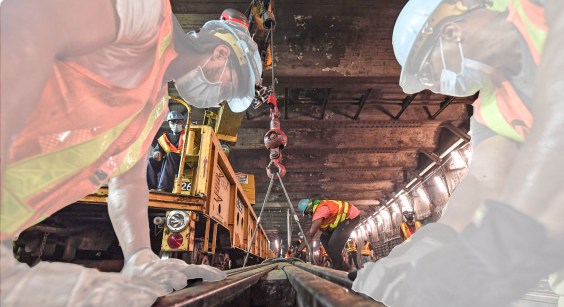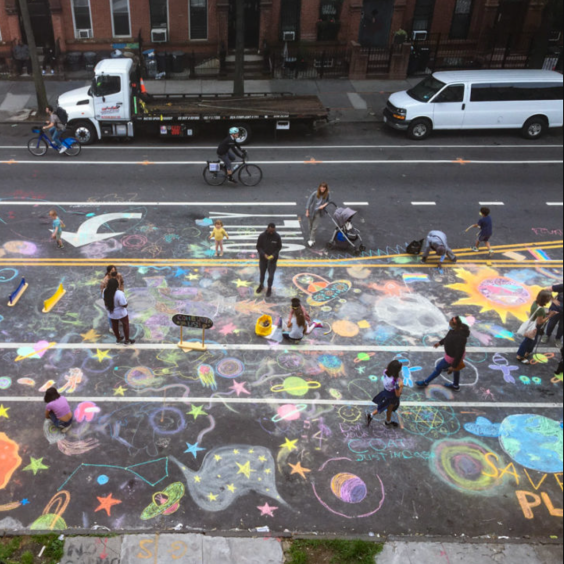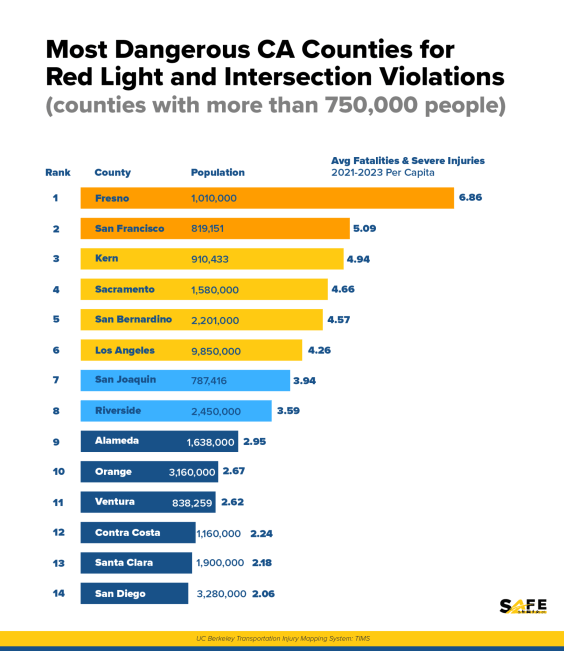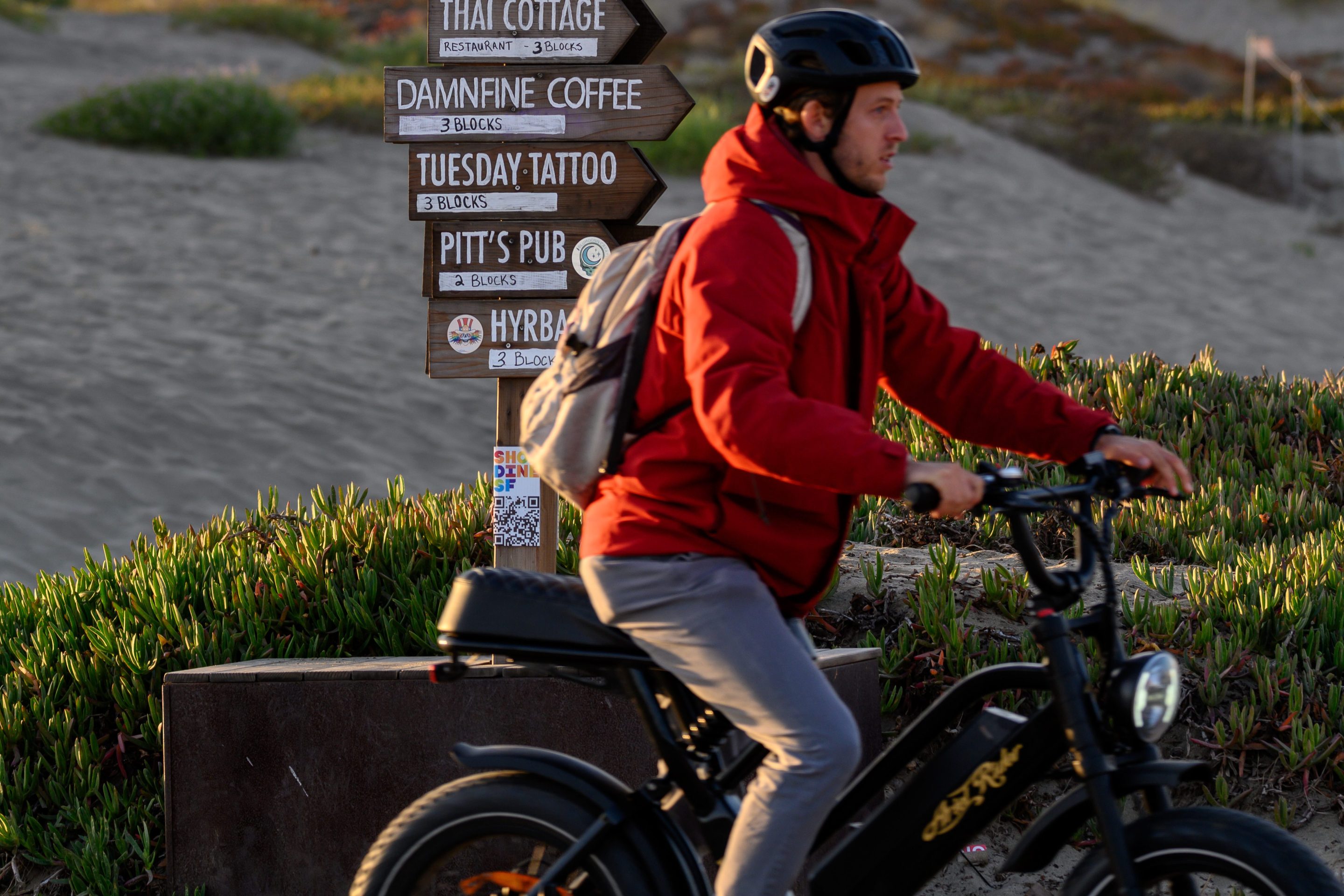
This post is part of a series featuring stories and research that will be presented at the Pro-Walk/Pro-Bike/Pro-Place conference September 8-11 in Pittsburgh.
Sam Rockwell rides his bike every day from his home in Minneapolis to his office at BlueCross BlueShield of Minnesota in Eagan, 12 miles away, where he spends his days plotting ways to get other people riding their bikes too.
By all accounts, Minnesota is doing a pretty good job on that front. One way Rockwell -- and his co-conspirator at BlueCross, Eric Weiss -- are looking to make healthy, active transportation even better is by installing temporary "pop-up" infrastructure around the state so people can take new street designs for a test ride.
Despite relatively high levels of biking, Minnesota has somehow neglected to install even a single on-street protected bike lane -- though Minneapolis has approved a plan to build 30 miles of them by 2020. Weiss, Rockwell, and the advocates they work with use pop-up installations to help local leaders and residents see how the infrastructure will look.
"We get that, 'We don’t support it because we don’t know what it is; we’re never going to know what it is because we don’t have any,'" Rockwell said. "There needs to be some way of breaking out of that cycle."
The pop-up strategy, he argues, is the way. "These are low-cost, quick and easy initiatives," he said. "And also low-risk, because in the case of the pop-up cycle track, they put it up for one day on a number of different days throughout the summer, and then they just lift it out. It's non-threatening."

BlueCross BlueShield of Minnesota is a primary sponsor of Open Streets, which gives car space back to people by temporarily closing the streets to motor vehicles and opening them up for play, socializing, food trucks, and other community activities. This year, 14 communities will hold 30 events in the state -- and six of them will include pop-up installations of safe streets infrastructure.
The initiative has spread far beyond the Twin Cities.
Weiss is helping Duluth design a portable "park" made out of re-usable materials and patio furniture that will rotate to various vacant or underutilized spaces downtown. The installation will also include wayfinding signs showing how long it takes to walk to certain destinations.
Weiss is also working with Fergus Falls, Minnesota -- a small town about 50 miles southeast of Fargo, North Dakota -- on several projects to revitalize downtown, engaging businesses, installing new benches, painting temporary bike lanes, and jump-starting unrealized, century-old plans to build a downtown plaza and auditorium.
And then in Columbia Heights, an inner-ring suburb just north of Minneapolis, Weiss and Rockwell are putting their pop-up town hall concept to use to find out what residents are looking for in the redevelopment of downtown. They essentially hold a festival and sneak a public meeting into it.
At Pro-Walk/Pro-Bike, participants will get to experience Weiss and Rockwell's methodology. They split participants into groups and provide each with (1) a drawing of an intersection, block, or small section of a neighborhood, either rural or urban; (2) Google Street View pictures of the area (although they keep the identity of the area secret); and (3) a one-page description of the area's demographics, economy, community goals, and any other relevant information.
Groups write long-term goals for the area and then design and model short-term initiatives to help the community achieve them. They then create miniature pop-ups using arts and craft supplies and found materials. And before the groups break up, the facilitators make sure to ask, "What happens the day/week/month/year after your event in order to encourage sustainability and long-term planning?"
Though lots of pop-up interventions, sometimes known as "tactical urbanism" (though Weiss and Rockwell have learned not to use language like that in places like Fergus Falls), have been done guerrilla-style, Weiss and Rockwell have found it helpful to work with municipal governments and nonprofits to create permitted installations -- both daylong pop-ups and more enduring pilots that test out a piece of infrastructure for weeks or months before being evaluated.
The Minneapolis Public Works Department helped them gather traffic data along the corridor where they're planning a greenway in north Minneapolis that would transfer right-of-way from cars to bikes. As the city explored the concept, they held an Open Streets event in which they put down sod to demonstrate to the community what a greenway would look like.

But in some cases, the people who most need to see the temporary installation are city and county officials, who are themselves stuck in the "haven't seen it/can't support it" cycle. In those cases, sometimes it's helpful to go rogue, installing temporary street designs at night and letting the media and public officials experience it for themselves before they knock it.
Sometimes, it's a mix. The project in Fergus Falls is bringing together the city and the county with a nonprofit arts organization and a more guerrilla-style group called the Bureau of Urban Experimentation. "We've got this interesting mix of people," Weiss said, "everything from the mayor on down to the guy who goes out at midnight."






